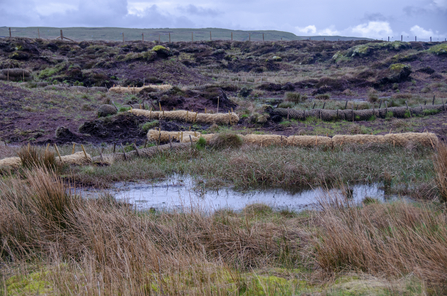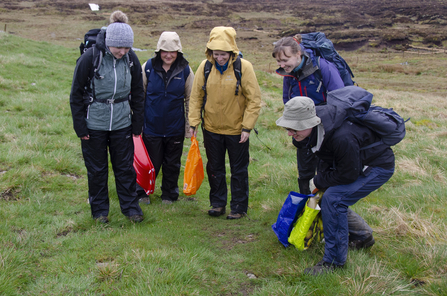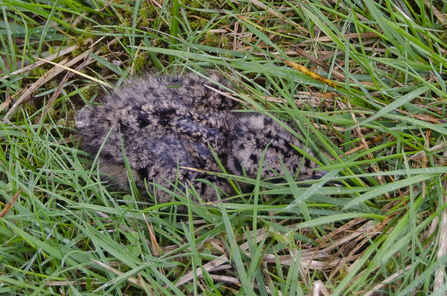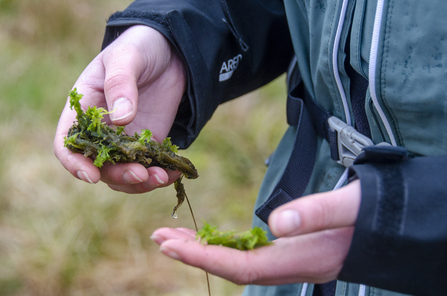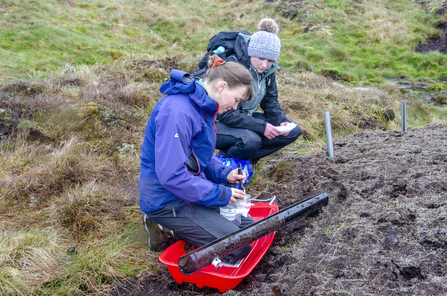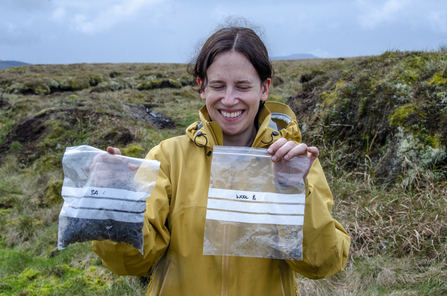The power of peatlands
Why is peatland so important, isn’t it just an unproductive boggy wasteland? In fact, peat moors, like the one at Fleet Moss high above Wharfedale and Wensleydale in the Yorkshire Dales, are vital for nature. In addition, they are our largest carbon store on land and a recent study calculated that a 30cm peat layer stores at least the same amount of carbon as tropical rain forest over an equivalent area. If that wasn’t enough, the surface roughness on healthy peatlands helps to retain rainfall and sediment on the moor, mitigating flood risk as well as providing high-quality drinking water.
Alas, degraded peatland doesn’t just fail to store the maximum carbon, it releases it. Dissolved organic carbon flows away in streams, causing the water to go brown. Removal of the brown staining is one of the major costs of any drinking water treatment plant, running into millions of pounds per year.
The PeatFix project is a trial within the wider restoration work of (YPP) Yorkshire Peat Partnership. YPP, led by YWT, is delivering peatland restoration across northern Yorkshire. Since 2009, it has brought 41,500 ha of upland peatland into restoration management. Jo Welch (YWT’s Peatfix Project Officer) explained that Fleet Moss was one of the most degraded peat moors in the Yorkshire Dales. She added that the aim of the Trust’s work is to restore the peatland to a functioning carbon absorbing, nature rich peat bog. The restoration has been a mammoth task, resulting in a rather alien-looking landscape peppered with coir bales to block erosion channels in the peat and leaky wooden dams to hold water and sediment on the moor.


